On Tuesday, the Supreme Court adjourned the hearing in a 2009 contempt of court case against lawyer Prashant Bhushan, and reserved its verdict on the amount of sentence in the contempt case started earlier this year.
- The three-judge tribunal headed by Judge Arun Mishra has ordered that the records of the 2009 case be referred to the Chief Justice of India, who can put them before an appropriate tribunal.
- The court adjourned the hearing because the case involved “more important” issues and since Judge Mishra retired on September 2 and was unable to conclude the hearing.
Prashant Bhushan: What are you bringing against you?
The 2009 case against Bhushan was brought by senior lawyer Harish Salve in an interview published in Tehelka magazine, in which he brought charges of corruption in the justice system. Besides Bhushan, Tehelka’s editor-in-chief Tarun Tejpal was also charged with contempt of court.
- In 2010, a three-judge tribunal chaired by Judge Altamas Kabir issued notifications to Bhushan and Tejpal, but the case was only heard when the SC recently launched a new contempt case against Bhushan.
- The new case concerns two tweets from Bhushan about the functioning of the Supreme Court and the Chief Justice of India.
- On August 14, the Supreme Court ruled that the two tweets constituted “serious contempt of court”. In this case, Bhushan refused to apologize and insisted that the tweets reflect his “true beliefs”, even when the Supreme Court gave him time to rethink and either unconditionally apologize or withdraw his statement.
- The court has now reserved its verdict on the amount of sentence, if any, to be imposed on Bhushan. What are the “most important” questions for 2009?
- Bhushan argued that the 2009 case would involve issues requiring interpretation of the Constitution and therefore should be referred to a larger court.
- On August 24, through his lawyer Kamini Jaiswal, he presented a list of 10 issues that should be dealt with by a Constitutional Court.
- The most crucial of these questions is whether to express “a good faith opinion on the extent of corruption in any section of the judiciary” would amount to contempt of court.
- Bhushan also highlighted several conflicting rulings on contempt of court issues and banned public speaking of complaints against a judge, and requested a referral to a larger court to resolve the law on these issues.
- In a 1995 decision, Ravichandran Iyer v. Judge AM Bhattacharjee, the Supreme Court stated that lawyers must inform the chief justice of that court of the allegations against any judge, with prima facie evidence, so that the chief justice can investigate the subject.
- Bhushan asked whether this procedure was compatible with the “reasonable restrictions” imposed on freedom of expression by the Constitution.
- Although the Contempt of Court Act 1971 recognizes truth as a defense in business, one of the questions raised by Bhushan is whether the opponent should prove the allegation or comment on the corruption.
How to make a referral to a large bench?
According to article 145 (3) of the Constitution, “the minimum number of judges who will meet to resolve any case involving a question of substantive law concerning the interpretation of this Constitution” will be five. A court of at least five judges is created to hear important constitutional matters.
- When different decisions of the same judicial force are not consistent with each other, a larger decision of a court with an odd number of judges is preferable to harmonize the law.
- Once the problems to be solved have been identified, they are submitted to the CJI, which will then assign them to a larger bank. CJI, as master of the list, decides which bank will hear the case.
- In Bhushan’s case, the case will be transferred to another court on September 10.
And the other case?
The Supreme Court has previously found Bhushan guilty of “serious contempt of court” for his two tweets. Usually, a separate sentencing hearing follows the conviction and the court hears the arguments again to decide the amount of the sentence.
- On August 20, during the sentencing hearing, the Supreme Court gave Bhushan more time to “think” and apologize to the court. This extension was despite Bhushan’s stance that he had not tweeted in a “distraction attack” but rather expressed what he called a “genuine belief” he had about the state of justice.
- On August 24, through his lawyer Kamini Jaiswal, he submitted a list of 10 questions that needed to be addressed by a Constitution Bench. The most crucial of these questions is whether expressing “bonafide opinion about the extent of corruption in any section of the judiciary” would amount to contempt of court.
- Bhushan also pointed out several conflicting rulings on the subjects of contempt of court, and bar against speaking in the public domain about complaints against a judge, and sought reference to a larger Bench to settle the law on these issues.
- In a 1995 ruling, Ravichandran Iyer v Justice A M Bhattacharjee, the Supreme Court had said that lawyers must inform the Chief Justice of that court about allegations against any judge, with prima facie evidence, so that the CJ can look into the matter.
- Bhushan asked if this procedure is compatible with the “reasonable restrictions” imposed on free speech by the Constitution.
- Although the 1971 Contempt of Courts Act recognises truth as a defence in cases, one of the questions that Bhushan has raised is whether the contemnor has to prove the allegation or remark on corruption.
How is a reference to a larger Bench made?
As per Article 145(3) of the Constitution, “the minimum number of Judges who are to sit for the purpose of deciding any case involving a substantial question of law as to the interpretation of this Constitution” shall be five. A bench of at least five judges is set up to hear significant Constitution cases.
- When different rulings of same Bench strength are not consistent with one another, a ruling by a larger Bench of an odd number of judges is preferred to harmonise the law.
- Once the questions to be settled are identified, these are placed before the CJI who will then assign it to a larger Bench. The CJI, as the master of the roster, decides which Bench would hear the case.
- In Bhushan’s case, the case will be listed before another Bench on September 10.
What about the other case?
The Supreme Court has already held Bhushan guilty of “serious contempt of court” for his two tweets. Generally, a separate hearing for sentencing follows conviction, with the court hearing arguments again to decide the quantum of punishment.
- On August 20, during the sentencing hearing, the Supreme Court gave Bhushan more time to “think over” and tender an apology to the court.
- This extension was despite Bhushan’s stand that he had not tweeted in a “fit of absent-mindedness” but had expressed what he termed a “bonafide belief” he held on the state of the judiciary.
- On August 24, he filed another affidavit, reiterating his stand and informing the court that tendering an insincere apology would in fact constitute contempt of court.
- The court once again heard arguments by Bhushan’s lawyer and Attorney General for India K K Venugopal on why the court must not award any punishment to Bhushan and concluded the hearing.
- Venugopal also told the court that while Bhushan may be warned, he should not be awarded a punishment.
Why is the court repeatedly asking for an apology?
- The Contempt of Courts Act 1971 lays down the procedure to be followed in contempt cases. It also says that the offence is punishable with simple imprisonment for a term which may extend to six months, or with fine which may extend to Rs 2,000, or both.
- However, Section 12 of the Act also adds an exception to the punishment prescribed. “Provided that the accused may be discharged or the punishment awarded may be remitted on apology being made to the satisfaction of the court,” the law says.
- Hence, a statement of apology to the court by Bhushan would allow the court to let him off without punishment even though the Supreme Court has found him guilty of contempt of court.





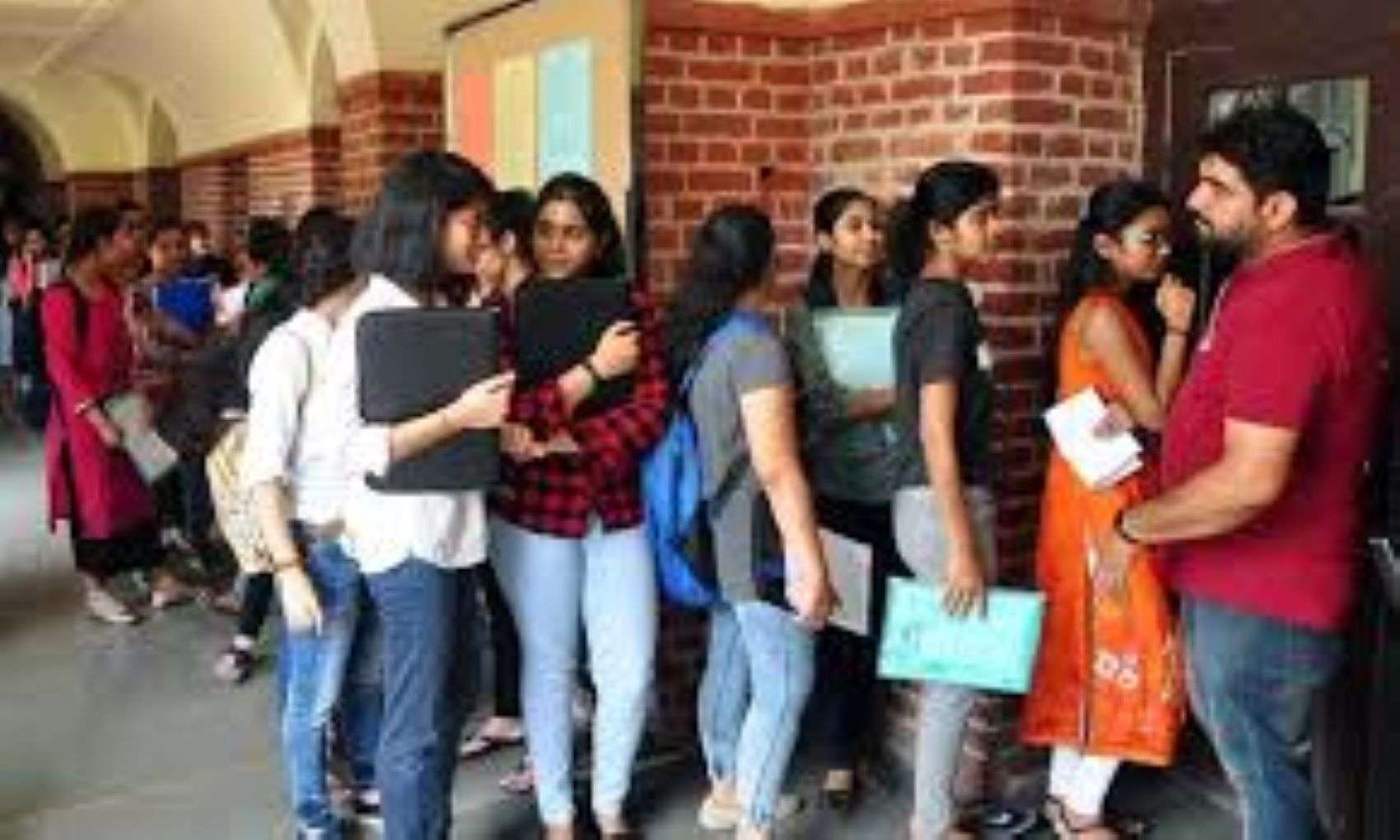
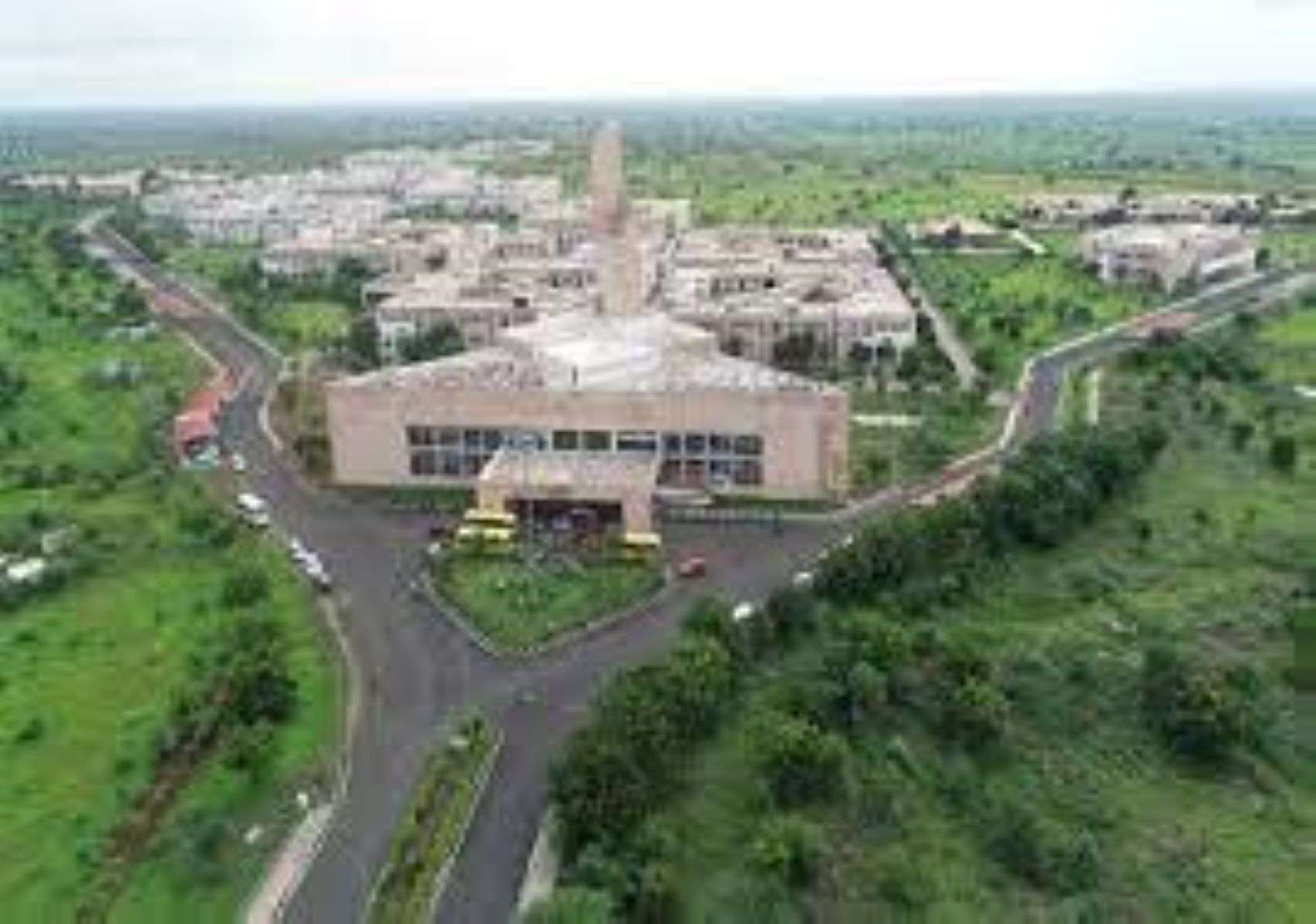
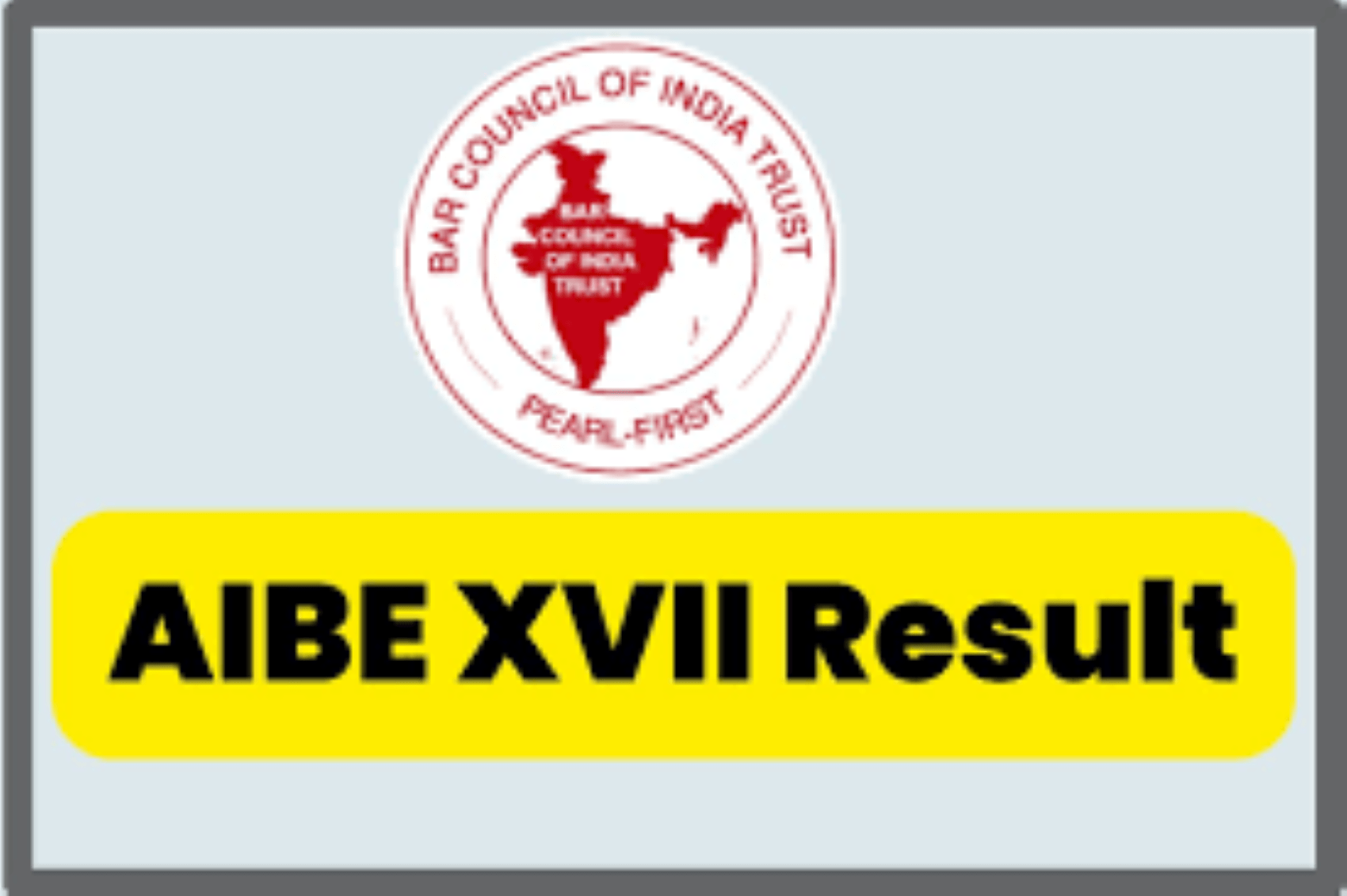

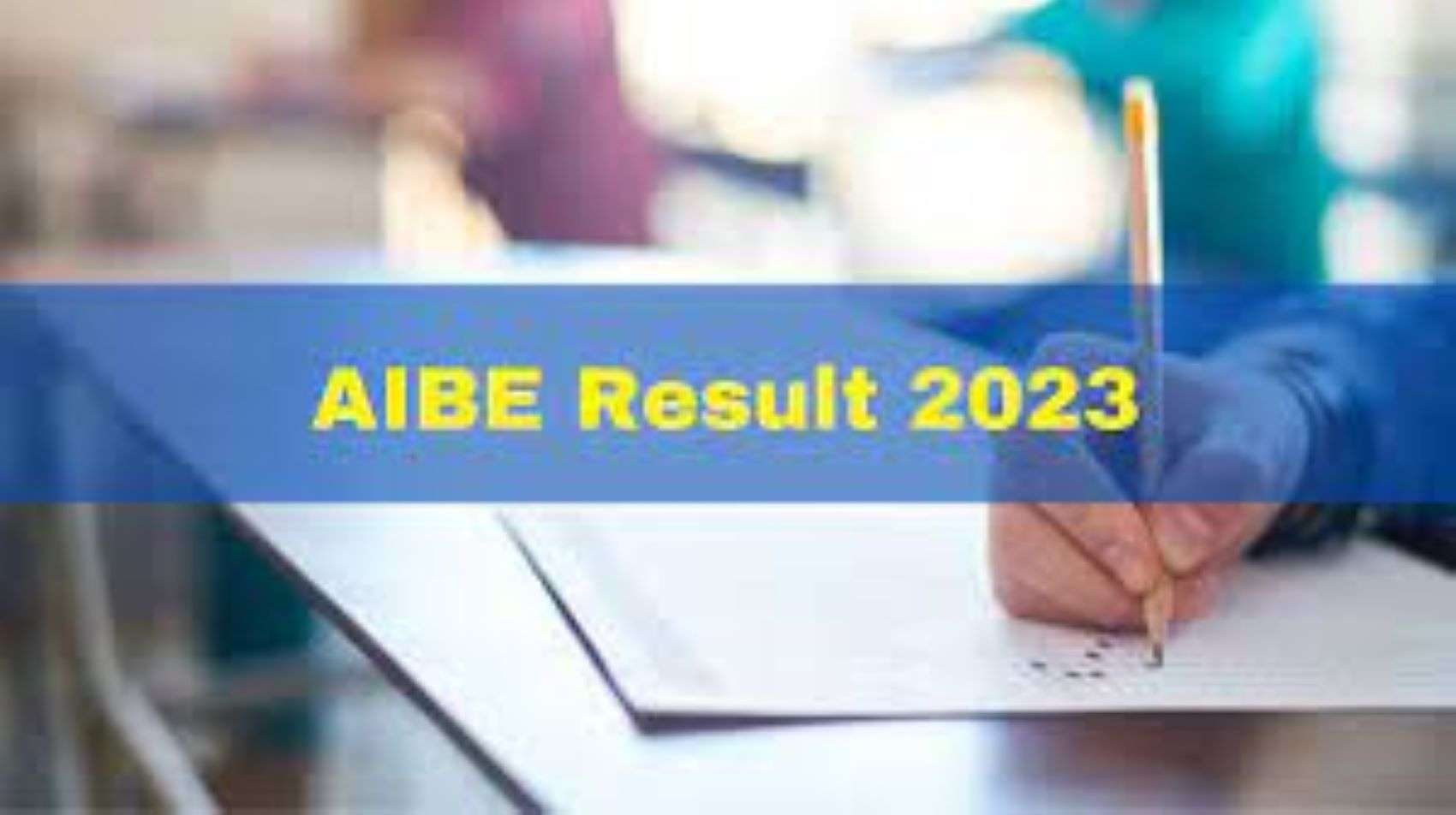
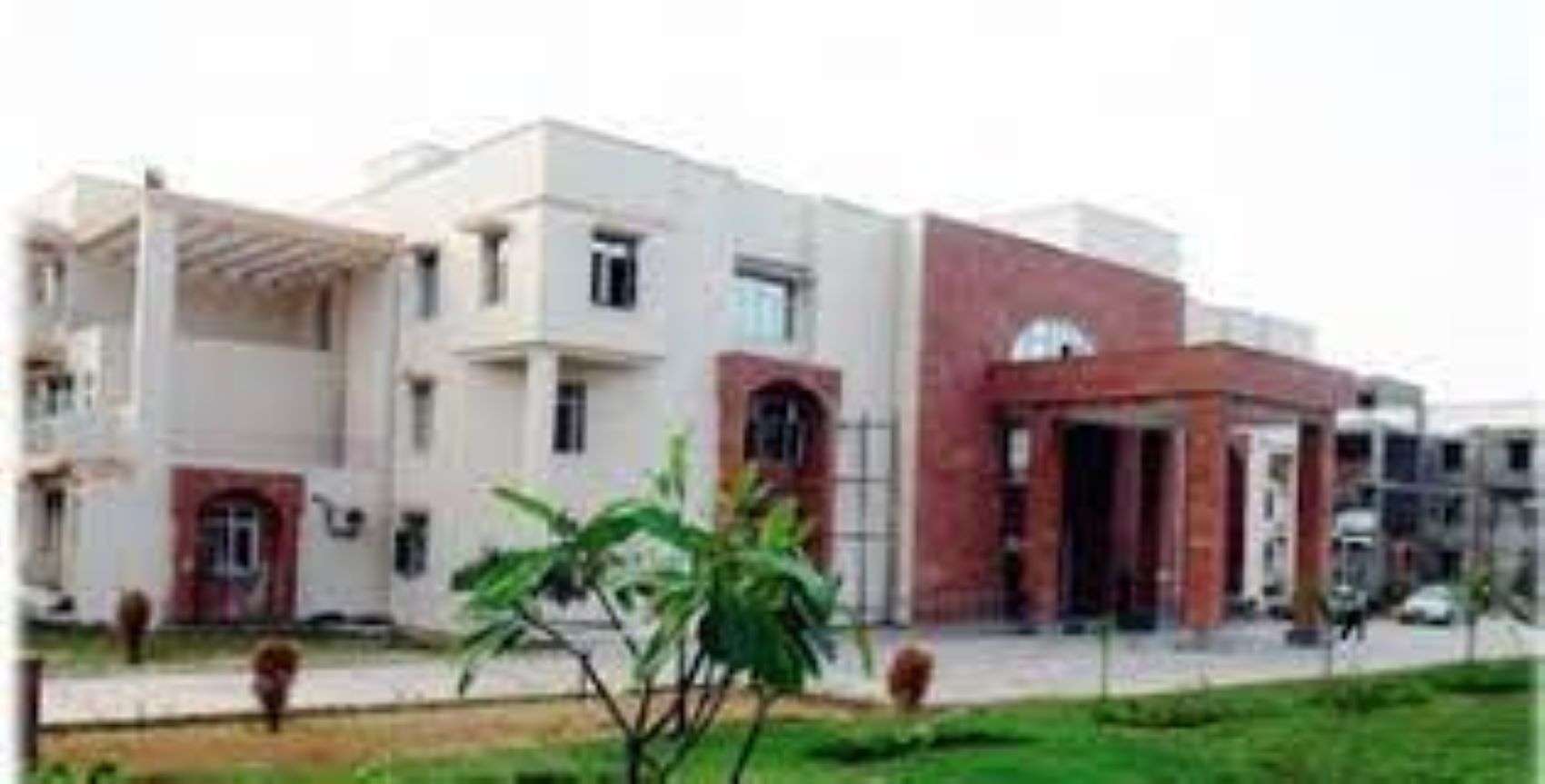
More Stories
Registration for CLAT 2025 begins today; last date October 15
CLAT 2025 registration will begin on July 15
Delhi University 5 Year Law Programs Registration Begins